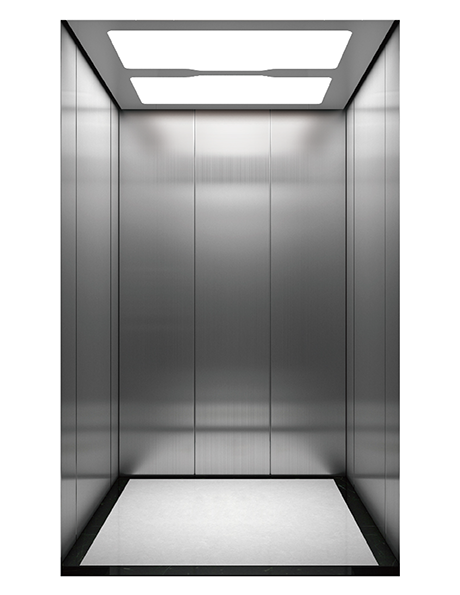Shengxun elevator is a professional elevator manufacturing company integrating elevator development, design, manufacturing, installation and maintenance.
The Marvelous Observation Elevator: A Journey Through Time and Space
Date:07-03-2023
Summary:Elevators have become an essential part of our daily lives, making our vertical transportation much easier and faster. Among various types of elevator...
Elevators have become an essential part of our daily lives, making our vertical transportation much easier and faster. Among various types of elevators, the observation elevator stands out for its unique design and functionality. Unlike traditional elevators, observation elevators provide a breathtaking view of the surroundings, making the ride a memorable experience. In this article, we will explore the history, design, and benefits of the observation elevator.


The concept of observation elevators dates back to the 19th century, when the first elevator was installed in the Eiffel Tower in 1889. It was designed by Gustave Eiffel himself and provided a spectacular view of Paris from the top of the tower. However, it wasn't until the 1950s that observation elevators became popular in high-rise buildings.
One of the first observation elevators was installed in the Empire State Building in New York City in 1950. It was designed by Otis Elevator Company and provided an unparalleled view of the city from the 86th floor. Since then, observation elevators have become a common feature in tall buildings, hotels, and tourist attractions around the world.
Observation elevators are designed to provide a panoramic view of the surroundings, which is achieved through the use of glass walls and ceilings. The elevator car is usually located on the exterior of the building and moves along a track that is attached to the building's facade.
The elevator's glass walls and ceilings are made of tempered glass, which is strong enough to withstand the pressure and weight of the elevator car. The glass is also treated with a special coating to reduce glare and reflections, ensuring a clear and unobstructed view.
Some observation elevators are also equipped with multimedia screens that provide information about the building, the city, and the surrounding area. This feature adds an interactive element to the ride and enhances the overall experience.
Observation elevators offer numerous benefits, both practical and aesthetic. Firstly, they provide a unique and memorable experience for the riders. The panoramic view from the elevator is breathtaking and allows riders to see the city from a different perspective. This experience is especially popular among tourists and visitors to a new city.
Secondly, observation elevators are also functional. They provide an alternative means of transportation within a building, especially in tall buildings where the traditional elevators may not be enough to handle the traffic. Observation elevators also serve as an emergency exit for the building, providing an additional exit point in case of a fire or other emergency.
Lastly, observation elevators add an aesthetic value to the building. The glass walls and ceilings give the building a modern and futuristic look, making it stand out from other buildings in the area. This aesthetic value can also increase the building's market value, making it more attractive to potential buyers or renters.
Observation elevators have come a long way since their inception in the 19th century. They have become a popular feature in high-rise buildings, hotels, and tourist attractions around the world. The design of observation elevators is unique and functional, providing a panoramic view of the surroundings while serving as an alternative means of transportation within a building. The benefits of observation elevators are numerous, ranging from providing a memorable experience for riders to adding aesthetic value to the building. With their unique design and functionality, observation elevators are a true marvel of modern engineering.

 English
English Español
Español عربى
عربى













